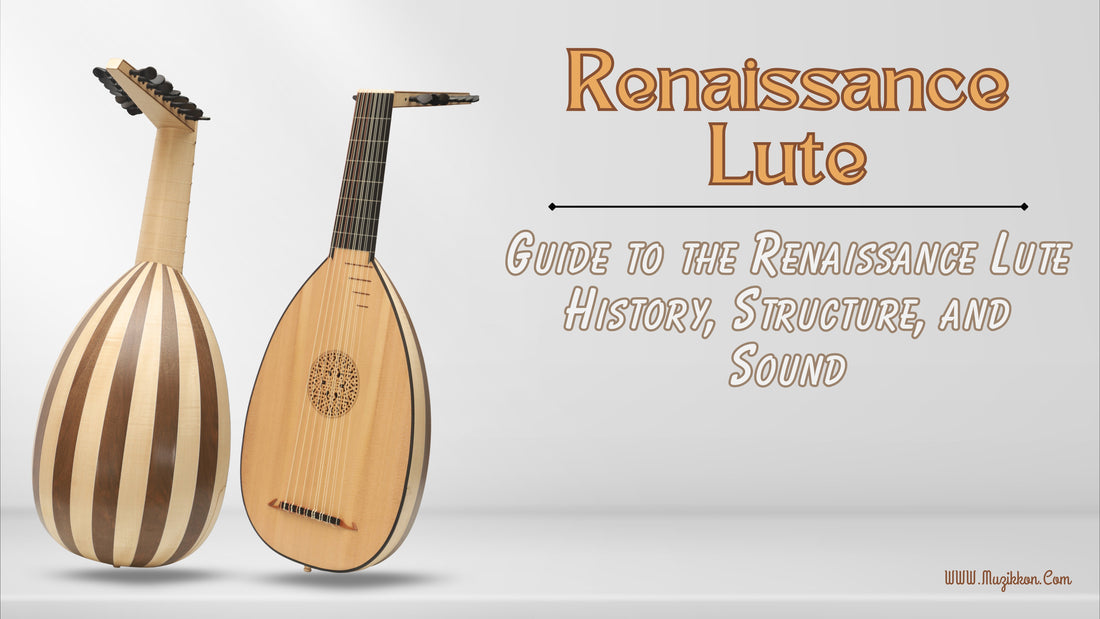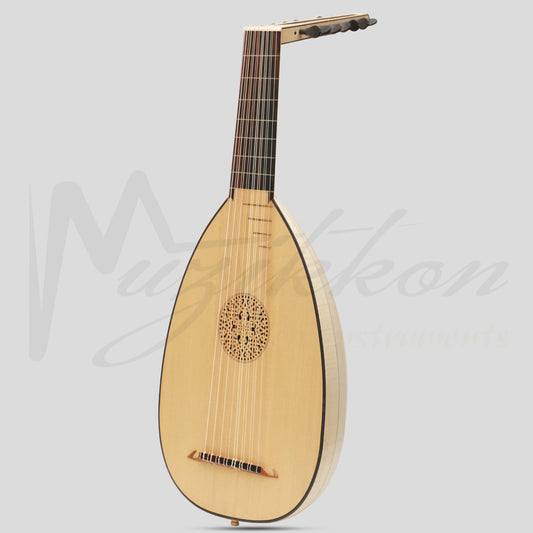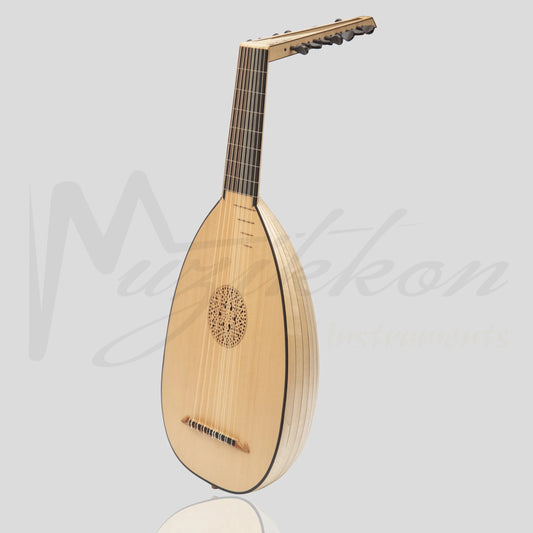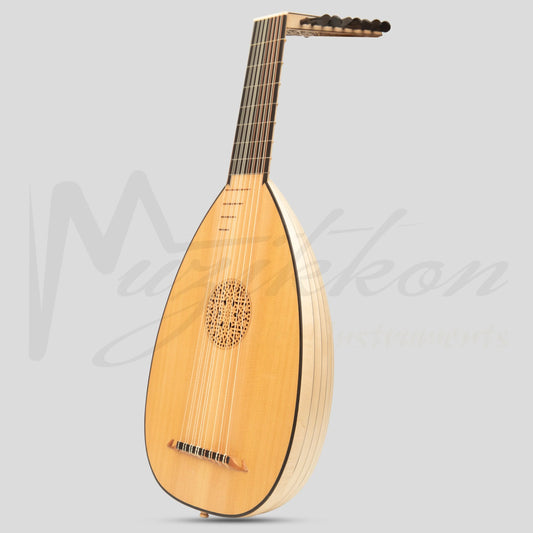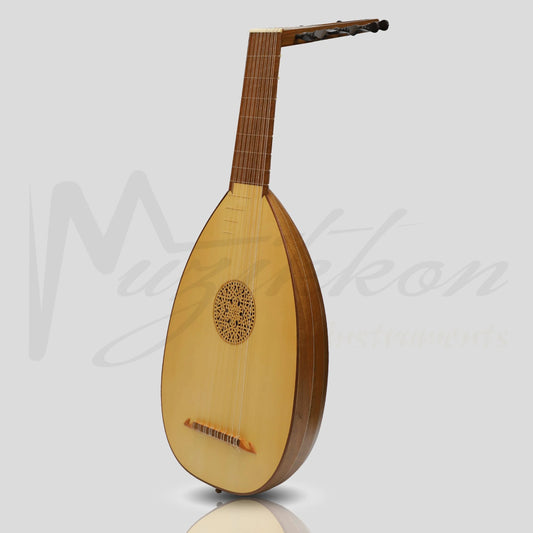Among the many instruments that shaped the music of the past, the Renaissance lute holds a special place. It evokes the soundscape of a time when music blossomed in courts, private chambers, and public festivals across Europe. Its soft, melodic tone and graceful appearance made it the favored companion of poets, composers, and noblemen alike. Understanding the Renaissance lute is not only an exploration of an instrument but also a journey through a significant chapter of musical history.
A Journey Through History and Craftsmanship
The origins of the lute trace back to the Middle East, where the oud, a fretless instrument with a pear-shaped body, inspired European craftsmen and musicians. By the 15th century, the lute had firmly established itself in European culture, adapting over time to the tastes and musical needs of the Renaissance. The instrument evolved from its medieval form, developing a more refined structure and an expanded role within ensembles and solo performance. The Renaissance period was particularly important for the lute’s growth, with many composers dedicating substantial works to it, and skilled luthiers perfecting its construction techniques.
The structure of the Renaissance lute reflects a balance between craftsmanship and musicality. Typically, it features a rounded back made from thin strips of wood, often maple, yew, or sycamore, carefully bent and glued together. The belly, or soundboard, is flat and usually crafted from spruce, chosen for its ability to resonate with warmth and clarity. One of the defining features of the Renaissance lute is its pegbox, which is bent back at an acute angle from the neck. This design helps maintain string tension while giving the instrument its distinctive silhouette.
The neck is relatively wide and short, accommodating multiple courses of strings. During the Renaissance, most lutes had six courses, with each course typically consisting of two strings tuned in unison or octaves. As music grew more complex, some lutes added more courses, extending their range and allowing for richer harmonic possibilities. The frets, made from tied gut rather than fixed metal, offered players the flexibility to adjust intonation as needed. The careful layout of these features makes playing the Renaissance lute both a technical and artistic endeavor.
The Sound and Spirit of the Renaissance Lute
The sound of the Renaissance lute is often described as intimate and expressive. It does not project as loudly as later instruments like the harpsichord or violin, which suits its historical role in private performances rather than large concert settings. Its tone is delicate, capable of great nuance, and invites listeners into a closer engagement with the music. Renaissance lute music emphasizes polyphony, where several independent melodies are interwoven, a style that perfectly suits the lute’s responsive nature. Pieces composed for the instrument range from lively dances to intricate fantasias, each making full use of its capacity for subtle dynamic shifts and expressive phrasing.
Playing technique for the Renaissance lute requires a light touch and a strong sense of rhythm and articulation. Players use their fingertips or a combination of fingertips and nails to pluck the strings, producing a sound that can vary greatly depending on the angle and force of the stroke. Ornamentation plays a key role in bringing Renaissance lute music to life, with techniques like trills, mordents, and slides adding color and vitality to performances. Because the lute demands such sensitivity from the player, it often feels like an extension of one’s own expressive voice rather than simply a musical tool.
Today, the Renaissance lute continues to captivate musicians and audiences interested in historical performance and the timeless beauty of early music. Its design has been faithfully preserved by modern luthiers, allowing contemporary players to experience the same tactile and sonic pleasures as musicians did centuries ago. Those who wish to explore the rich world of early plucked strings can find expertly crafted instruments available through dedicated specialists. For those interested, you can explore a selection of quality Renaissance Lutes for Sale.
In embracing the Renaissance lute, one engages not only with an instrument but with an entire artistic tradition. Its gentle voice and graceful form continue to inspire those who seek a deeper connection to the past and a profound appreciation for the craft of music-making. If you are ready to begin your own journey into this beautiful world, explore the Renaissance lute collection at Muzikkon and find the instrument that speaks to you.

